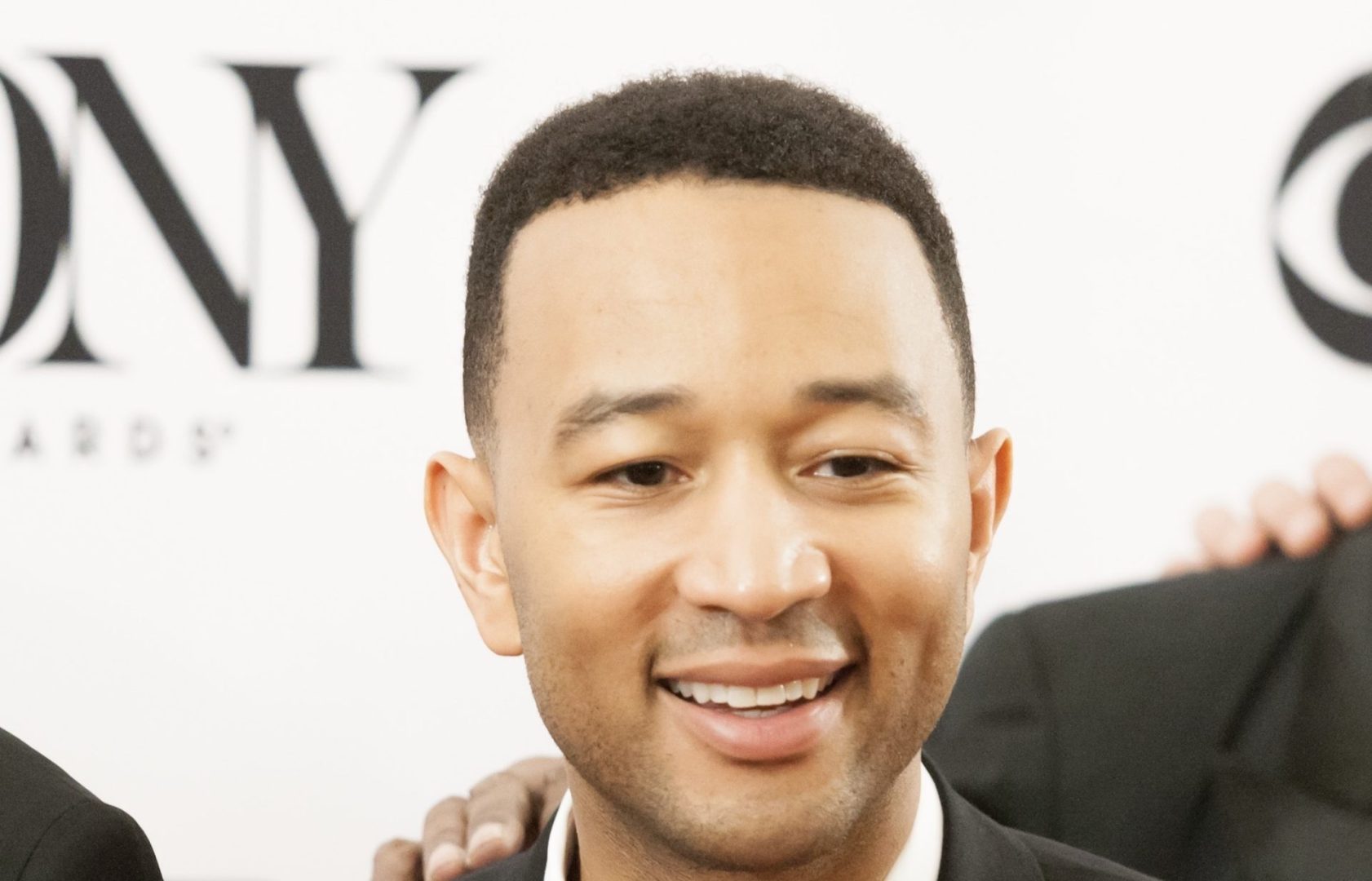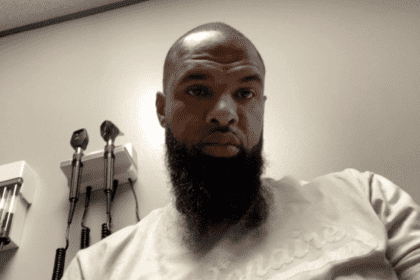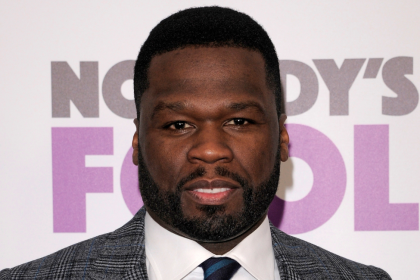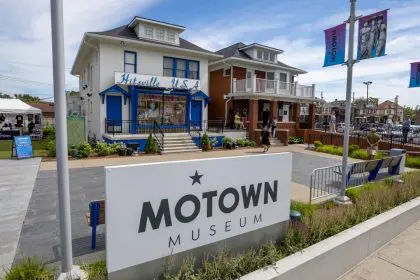In a moment that crystallized the complexities of America’s criminal justice system, John Legend’s recent visit to California’s incarcerated firefighters has ignited intense public discourse about prison labor, rehabilitation, and the role of celebrity activism in addressing systemic issues.
The collision of entertainment and prison reform
Against the backdrop of California’s relentless wildfire season, Legend’s appearance at the Eaton fire incident command post offered a stark illustration of the state’s dependence on incarcerated labor for emergency response. His interaction with nearly 1,000 incarcerated firefighters from Washington Ridge Conservation Camp 44 brought unprecedented attention to a system that both employs and constrains these essential workers.
The visit, timed to coincide with Martin Luther King Day observations, transformed from a simple recognition of service into a lightning rod for broader social commentary. Legend’s impromptu musical performance, while intended as a gesture of appreciation, inadvertently highlighted the uncomfortable juxtaposition of entertainment and incarceration.
California’s wildfire crisis and prison labor
The backdrop to Legend’s visit reveals a state grappling with unprecedented environmental challenges. Since early January, California has confronted over 227 wildfires, with flames consuming more than 40,000 acres and leaving a trail of destruction across Los Angeles County and surrounding regions. The Palisades Fire and Eaton Fire continue to pose significant threats to local communities.
Within this crisis, incarcerated firefighters emerge as crucial yet controversial contributors to the state’s emergency response. These individuals, comprising up to 30 percent of California’s wildfire response teams, perform some of the most demanding and dangerous tasks in firefighting. Their work includes creating firebreaks and clearing vegetation – essential activities in controlling the spread of flames.
The economics of emergency response
The financial arrangement underlying this system raises significant ethical questions. Incarcerated firefighters receive approximately one dollar per hour for their life-threatening work, a rate that has drawn criticism from labor rights advocates and criminal justice reformers alike. Recent sentencing reforms have reduced the available workforce, forcing California to confront its reliance on this controversial labor model.
This compensation structure exists within a broader context of prison labor practices that have historically drawn parallels to historical forms of exploitation. The system’s defenders point to opportunities for skill development and potential post-release employment, while critics argue it perpetuates systemic inequalities.
The ripple effects of celebrity intervention
Legend’s presence at the command post created unprecedented visibility for these typically overlooked emergency responders. Social media platforms erupted with contrasting reactions, ranging from praise for bringing attention to the issue to criticism of what some viewed as an inappropriate fusion of entertainment and serious labor concerns.
The mixed response to Legend’s musical performance underscores the challenges celebrities face when engaging with complex social issues. While some viewed the impromptu concert as a genuine gesture of appreciation, others interpreted it as potentially diminishing the gravity of the firefighters’ circumstances and contributions.
Beyond the performance
The visit’s timing, coinciding with Martin Luther King Day celebrations, adds another layer of significance to the discussion. It raises questions about the evolution of civil rights advocacy and the role of high-profile figures in advancing social justice causes. Legend’s pledge to support better conditions for incarcerated firefighters suggests a commitment that extends beyond mere performance.
The controversy surrounding the visit has catalyzed important discussions about rehabilitation, reentry programs, and the value society places on labor performed by incarcerated individuals. It highlights the need for comprehensive reform in how states utilize and compensate incarcerated workers, particularly in high-risk emergency response situations.
As California continues to navigate its environmental challenges, the role of incarcerated firefighters remains both essential and contentious. The intersection of celebrity activism, prison labor, and emergency response illuminates broader questions about justice, rehabilitation, and the true cost of public safety.
This moment of heightened visibility, sparked by Legend’s visit, opens opportunities for meaningful dialogue about reform. It challenges society to examine the ethics of relying on incarcerated labor for essential services while compensating these workers at rates far below their non-incarcerated counterparts.
The ongoing discussion extends beyond the immediacy of Legend’s visit to fundamental questions about justice, dignity, and the value of human labor. As California faces increasingly severe wildfire seasons, the state must grapple with these complex intersections of emergency response, criminal justice reform, and basic human rights.















